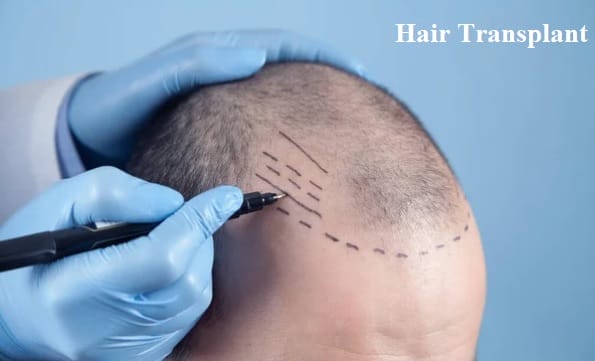Hair loss is a common concern that affects millions of people worldwide. While there are various remedies available, hair transplant surgery stands out as a reliable and long-lasting solution. With advancements in technology and surgical techniques, hair transplant procedures offer enduring results that can restore confidence and transform lives. Here are the top 5 reasons why hair transplants can produce long-lasting results.
DHT Resistant Grafts
One of the primary reasons why hair transplants yield long-lasting results is the use of DHT (dihydrotestosterone) resistant grafts. DHT is a hormone known to contribute to hair loss. It binds to hair follicles, causing them to shrink and eventually cease producing visible hair, leading to progressive hair thinning over time.
During a hair transplant procedure, hair grafts resistant to DHT are carefully selected and transplanted into the balding areas of the scalp. These grafts maintain their resistance to DHT, ensuring that the transplanted hair remains healthy and continues to grow even in the presence of this hormone.
Precision in Graft Harvesting
Precision in graft harvesting is another crucial factor contributing to the longevity of hair transplant results. Skilled surgeons meticulously extract hair follicles from the donor area of the scalp, typically located at the back or sides of the head.
The harvesting process requires precision to avoid over-harvesting and damage to the donor area, which could compromise the survival of the transplanted grafts. By carefully harvesting grafts, surgeons ensure that an adequate number of follicles are available for transplantation, promoting optimal growth and coverage in the recipient areas.
Use of Advanced Techniques
Hair transplant procedures utilize advanced techniques such as Follicular Unit Transplantation (FUT) or Follicular Unit Extraction (FUE) to achieve long-lasting results.
FUT involves the removal of a strip of scalp tissue containing hair follicles, which are then dissected into individual grafts for transplantation.
FUE, on the other hand, involves the extraction of individual follicular units directly from the donor area using a specialized punch tool.
Both techniques require precision and expertise to ensure successful outcomes. FUT is preferred for its ability to harvest a large number of grafts in a single session, while FUE offers the advantage of minimal scarring and faster recovery times. By leveraging these advanced techniques, surgeons can customize treatment plans to meet the unique needs of each patient, resulting in natural-looking and long-lasting results.
Personalized Treatment Approaches
Personalized treatment approaches play a key role in achieving long-lasting results from hair transplant procedures. Experienced surgeons assess the hair loss pattern, hair density, scalp characteristics, and aesthetic goals of each patient. This helps them to develop customized treatment plans.
By tailoring the approach to address individual concerns and expectations, surgeons can optimize the outcome of the procedure and ensure patient satisfaction.
Presence of qualified surgeons
Today, there is no dearth of qualified surgeons to offer hair transplant surgery. Expert surgeons can achieve optimal outcomes for their patients. With skilled professionals and advancements in technology, hair transplant procedures continue to transform lives and restore confidence in individuals experiencing hair loss.
Hair transplant surgery offers a permanent solution to hair loss, providing patients with natural-looking and long-lasting results.



